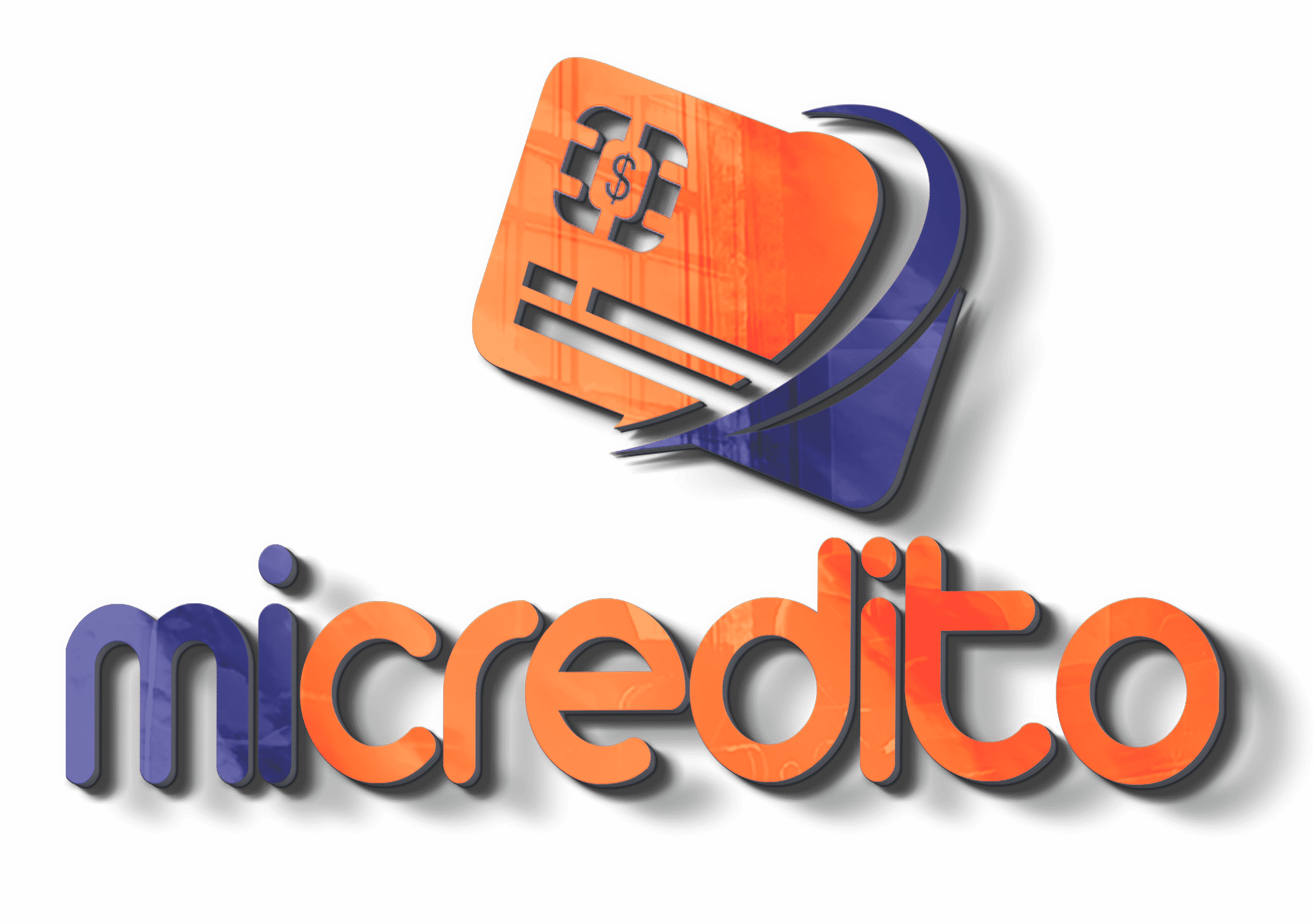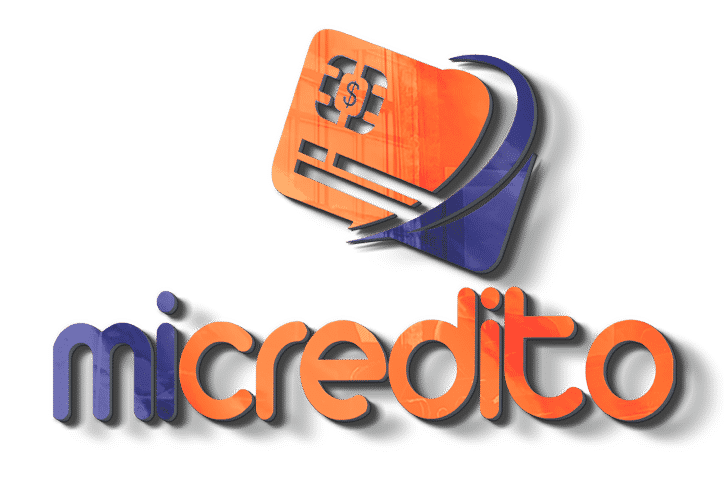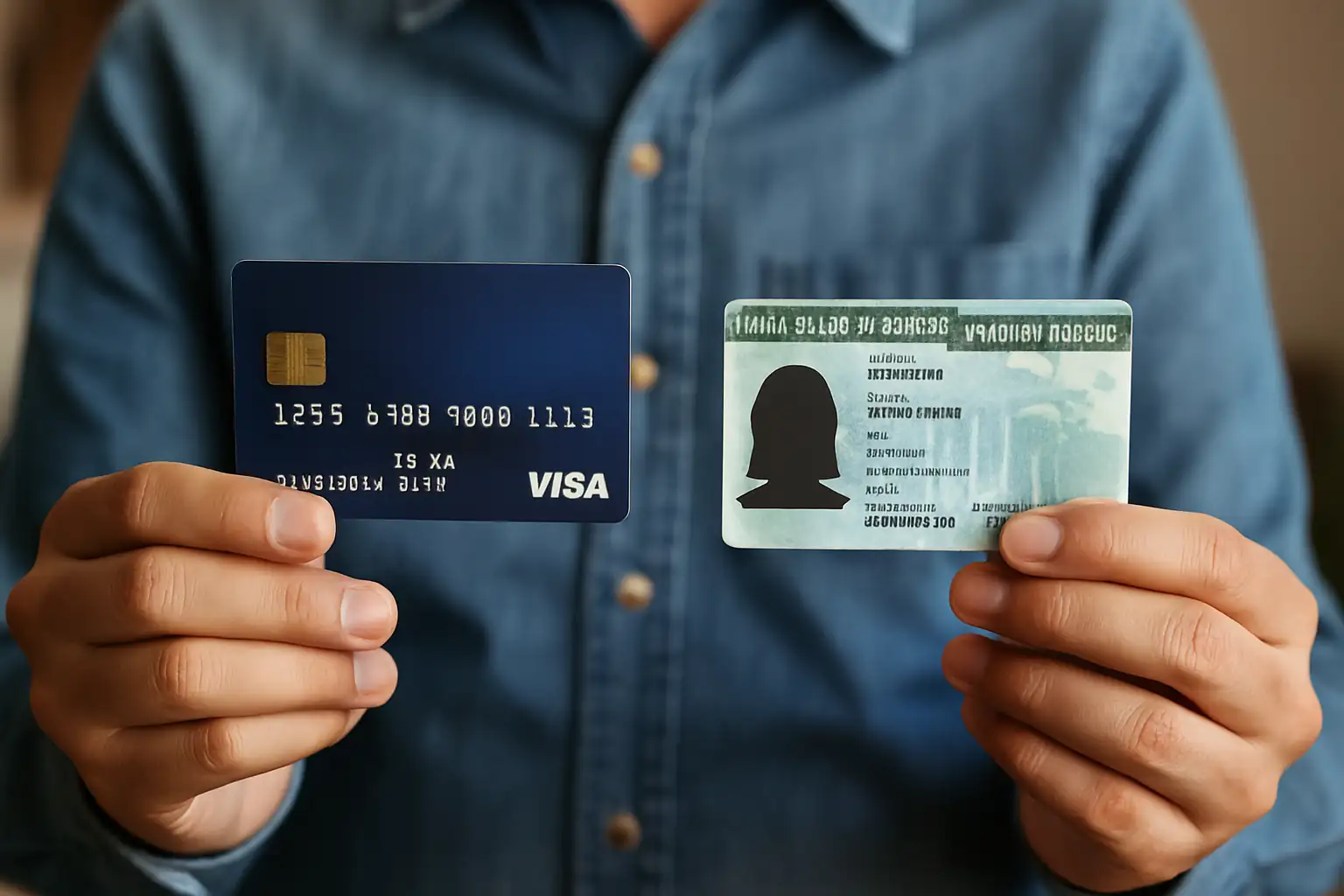Managing the monthly budget has become one of the biggest challenges for American families. Between rising costs, unexpected bills, and juggling everyday expenses, it’s easy to fall behind. While credit cards are often blamed for deepening financial problems, they can also help restore balance when used with care and clarity.
Instead of being seen as a last resort, credit cards can play a supportive role in financial recovery. When integrated into a broader family debt management plan, they offer structure, visibility, and opportunities to make steady progress without disrupting your entire lifestyle.
Why families struggle with debt and where credit cards fit in

Debt in most households doesn’t appear overnight—it builds gradually. A series of tough months, a few unplanned expenses, and suddenly, the credit card balance feels overwhelming. These situations are more common than most families realize, and they often stem from trying to cover basic needs rather than luxury spending.
In this context, credit cards can be reframed. They aren’t always the villain of the story. In fact, with a thoughtful approach, they can help track where money is going, bridge short-term gaps, and give families tools to organize repayment. Within a smart family debt management strategy, they’re part of a larger system—not the cause of the problem.
Reframing the role of credit cards
Many people grow up hearing that credit cards lead to trouble. But in reality, they can provide guardrails when used intentionally. Modern cards come with apps, alerts, and limits that help families stay within budget and spot problems before they escalate. By treating cards as planning tools rather than open tabs, households can regain control. This shift doesn’t happen overnight, but it can help reduce stress and support consistent decision-making—key ingredients in sustainable family debt management.
Why visibility is essential for progress
One of the most helpful aspects of credit cards is the instant record of every transaction. Instead of relying on memory or manually tracking purchases, families can review their spending in detail, categorized and time-stamped, through apps or statements. That level of insight makes it easier to catch patterns, identify recurring costs, and adjust accordingly. In homes where more than one person is spending, this kind of transparency is crucial for shared accountability in family debt management efforts.
Credit card features that support debt control
Choosing the right credit card goes beyond interest rates or perks. For families dealing with debt, features like budgeting tools, balance transfer offers, and low APRs are far more valuable than points or upgrades. These cards are designed to support—not encourage—responsible usage.
When aligned with family priorities, cards become more than payment methods. They help establish structure around expenses, give warnings when limits are close, and make repayment easier to follow. These features are essential in any serious family debt management strategy aiming for stability and progress.
Transferring balances to lower the load
A balance transfer card can offer a window of relief by freezing interest for a set period. Families can focus on reducing the principal without added costs, buying time to stabilize their finances and build better repayment habits. This tool doesn’t fix everything, but when used with discipline, it can turn months of compounding debt into a manageable path forward. For many, it’s the first real step in breaking the cycle of stress tied to high-interest payments and reshaping their family debt management approach.
Digital tools that simplify budgeting
Budgeting doesn’t have to mean spreadsheets and guesswork. Many credit card apps now allow users to set monthly spending goals, track categories, and receive alerts when patterns shift. These features give families day-to-day support. When managing money across multiple hands or accounts, automation can fill the gaps. With real-time data and helpful reminders, family debt management becomes less about reacting and more about making informed choices together, as a team.
How rewards can support your debt plan
While cashback isn’t a cure-all, it can definitely help stretch the family budget when applied wisely and consistently each month. Earning small amounts on everyday spending—like gas, groceries, or household essentials—adds up steadily over time and can help reduce the card balance if used strategically and without delay.
This only works when spending stays within limits. The point isn’t to buy more, but to make essential purchases work a bit harder for you. With discipline, this approach fits naturally into long-term family debt management, especially when cashflow is tight and every bit matters.
Picking rewards that match your life
Not every reward program is useful. Choose a card that reflects where your family spends most—whether that’s dining, transportation, or household needs. Rewards only help when they fit your actual expenses. Cards that align with daily life make it easier to stay focused and avoid unnecessary temptation. That consistency leads to more meaningful outcomes in family debt management, because it builds positive habits without requiring major changes to your routine.
Turn rewards into real repayment
Instead of cashing out rewards for treats or travel, apply them directly to the balance. Doing this regularly keeps the total lower, saves on interest, and creates visible progress without extra effort. It might not feel like much at first, but over time, these small amounts shorten repayment periods. In the bigger picture of family debt management, every smart choice adds up—especially when consistency replaces urgency.
Setting rules that work for your family
No tool works effectively without clear boundaries, and credit cards are certainly no exception. Families benefit from openly discussing and agreeing on specific rules: who is allowed to use the card, under what conditions, and how the monthly balance will be paid. These shared agreements minimize misunderstandings, strengthen trust, and help everyone stay aligned with the household’s financial goals.
When guidelines are set and respected, credit cards become part of the family’s financial plan. Everyone involved knows their role, and that shared responsibility strengthens the foundation for sustainable family debt management and better day-to-day communication.
Use cards only for fixed or necessary spending
To stay in control, limit credit card use to things already in the budget—like bills, groceries, or fuel. Avoiding unplanned purchases keeps balances predictable and supports consistent repayment habits. This makes budgeting more effective and removes guesswork from the process. In a healthy family debt management routine, structure brings calm, and fewer surprises mean fewer setbacks down the road.
Always pay more than the minimum
Paying just the minimum might keep you in good standing, but it won’t reduce debt meaningfully. Even small extra payments make a big difference by lowering interest and helping families reach their goals faster. This simple act—paying a little more each month—can be one of the most powerful behaviors in family debt management. It builds confidence and shows children or teens what thoughtful financial habits look like in action.





